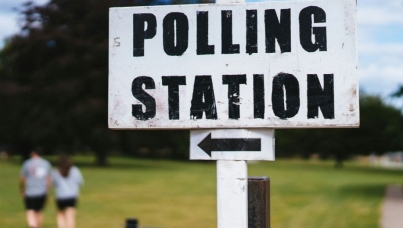UEA - GM Food Final Topline
For some questions where we have split the sample, we were trying to test the effect of providing respondents with additional information. For instance, QB1 and QB2 are identical statements, except the former had "in the same way as the private sector does" in the statement. As the results below illustrate, mentioning the private sector in this way does not have a statistically significant impact on public opinion. Similarly, by reading out two sides of the argument about the use of providing a subsidy for private healthcare or schooling (see questions 5-8) does not seem to have a statistical impact on public opinion. As well as providing the results for each split sample, we have also combined the results for ease of reference.
- This document shows topline findings from a survey conducted by MORI on behalf of The Centre for Environmental Risk, The University of East Anglia.
- Results are based on a representative sample of 1,363 interviews conducted among the GB general public aged 15+. This is made up of 1,017 interviews from the main sample conducted across GB, plus 151 'booster' interviews in Scotland, and 195 'booster' interviews in Wales. The total sample size in Scotland (main + booster interviews) is 265; the total sample size in Wales (main + booster interviews) is 235; and the total sample size in England is 863.
- Fieldwork was conducted by face-to-face in-home interviews between 19 July and 12 September 2003.(Fieldwork for main survey: 19 July - 26 August; fieldwork for Scottish booster: 11 August - 26 August; fieldwork for Welsh booster 11 August - 12 September).
- Results are compared to the 2002 'Attitudes to Risk Survey' (uea/MORI). This survey was carried out between 6 and 31 July 2002 and comprised 1,547 interviews in total. There were five versions of the questionnaire, each containing a 'core' section common to all, and a section about a specific risk issue. 296 interviews were conducted on the issue of GM Food.
- Where results do not sum to 100% this may be due to multiple responses, computer rounding or the exclusion of 'don't knows'/'not stated' categories.
- Results are based on all respondents, unless otherwise stated
- The symbol * indicates a score which is less than half a per cent, but greater than zero.
- Data (for 2002 and 2003) have been weighted to the GB profile.
For some questions where we have split the sample, we were trying to test the effect of providing respondents with additional information. For instance, QB1 and QB2 are identical statements, except the former had "in the same way as the private sector does" in the statement. As the results below illustrate, mentioning the private sector in this way does not have a statistically significant impact on public opinion. Similarly, by reading out two sides of the argument about the use of providing a subsidy for private healthcare or schooling (see questions 5-8) does not seem to have a statistical impact on public opinion. As well as providing the results for each split sample, we have also combined the results for ease of reference.



